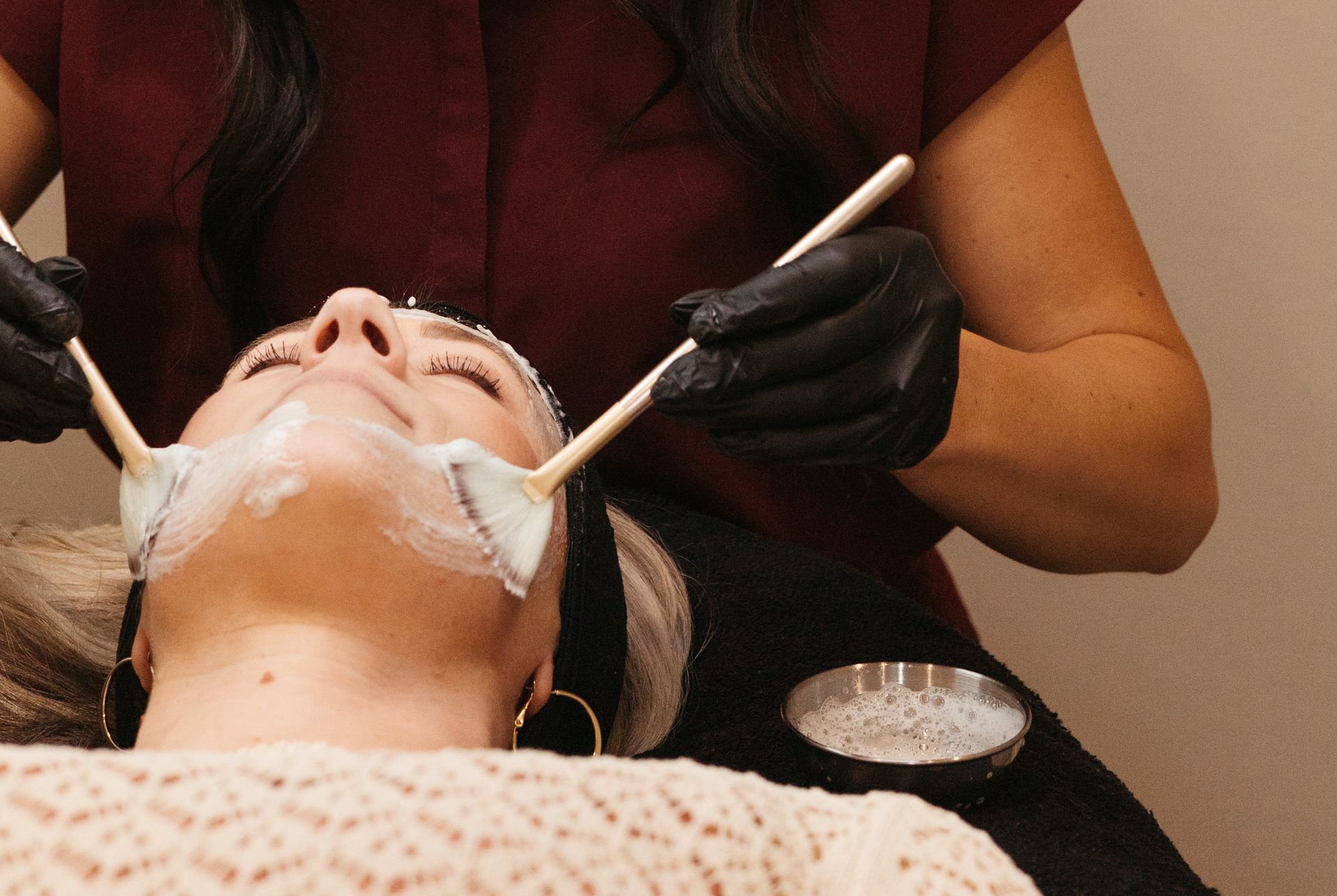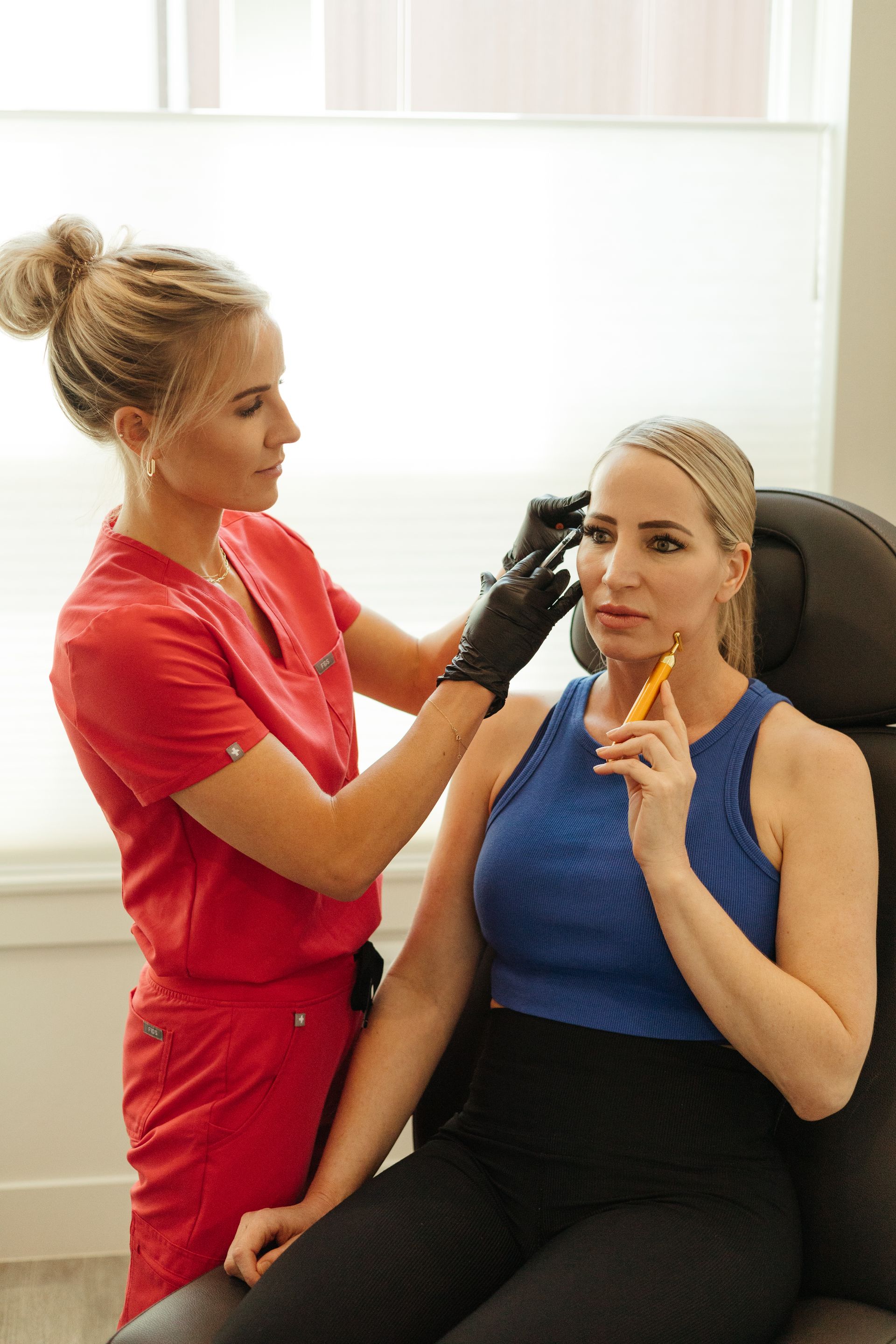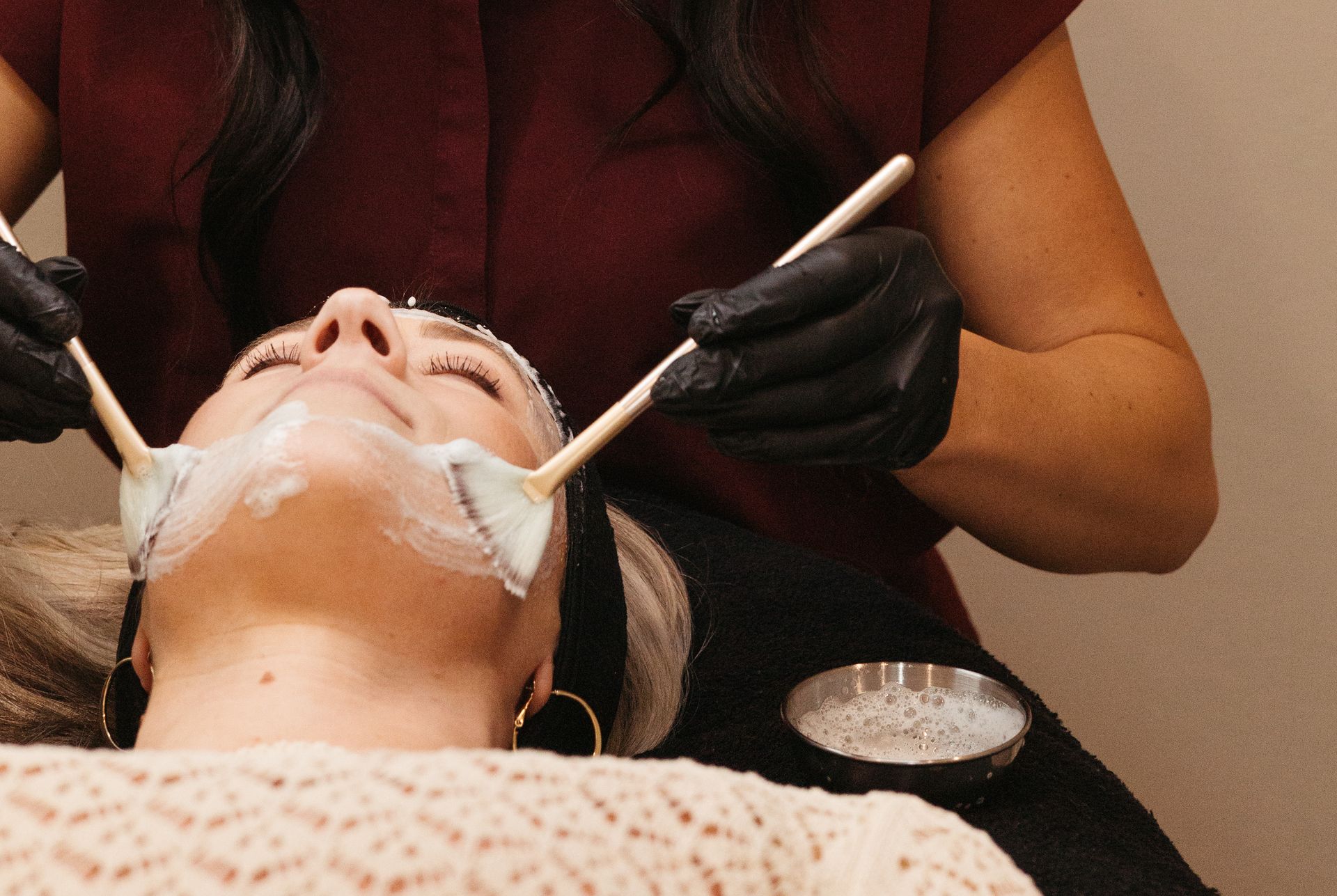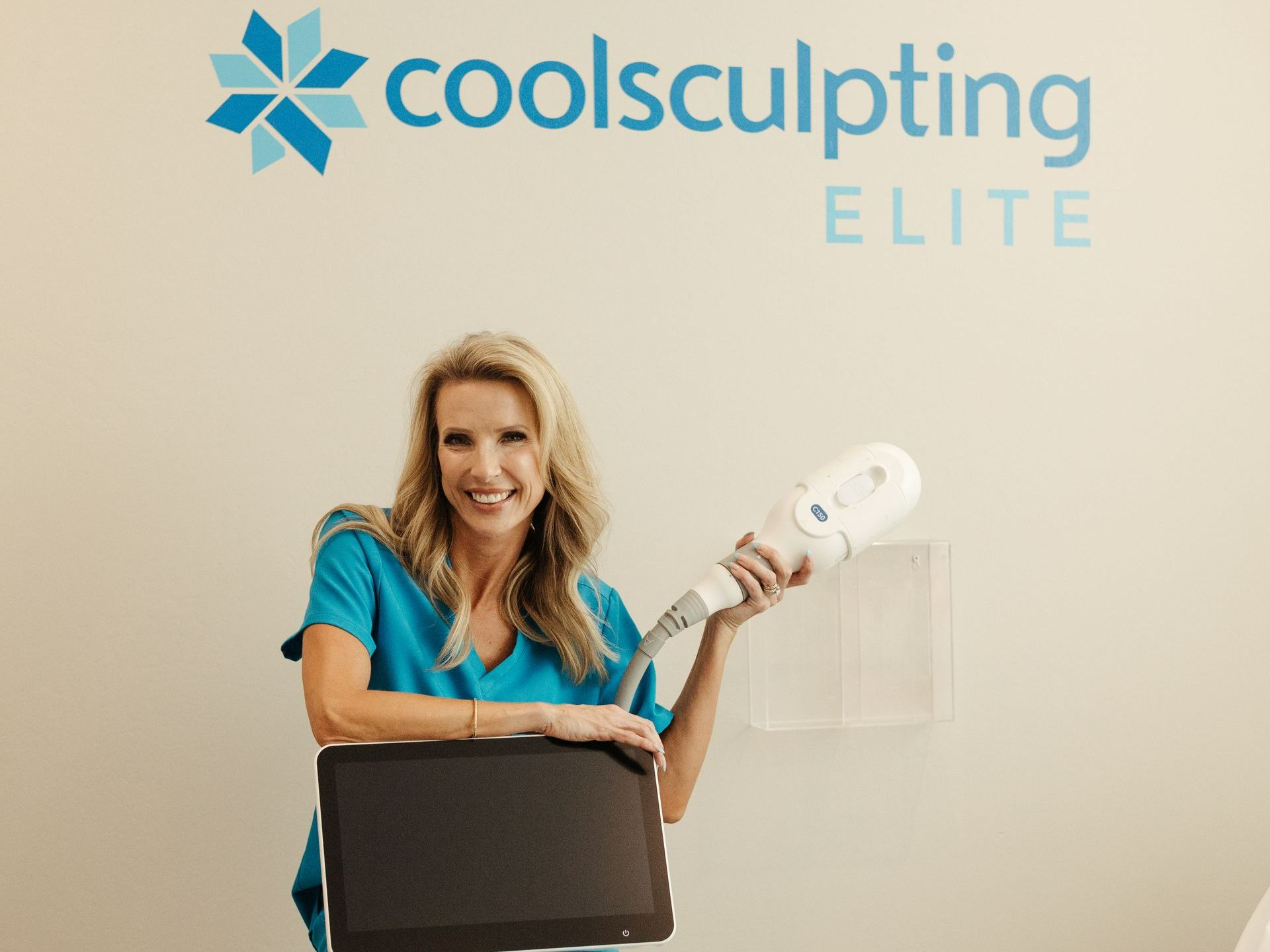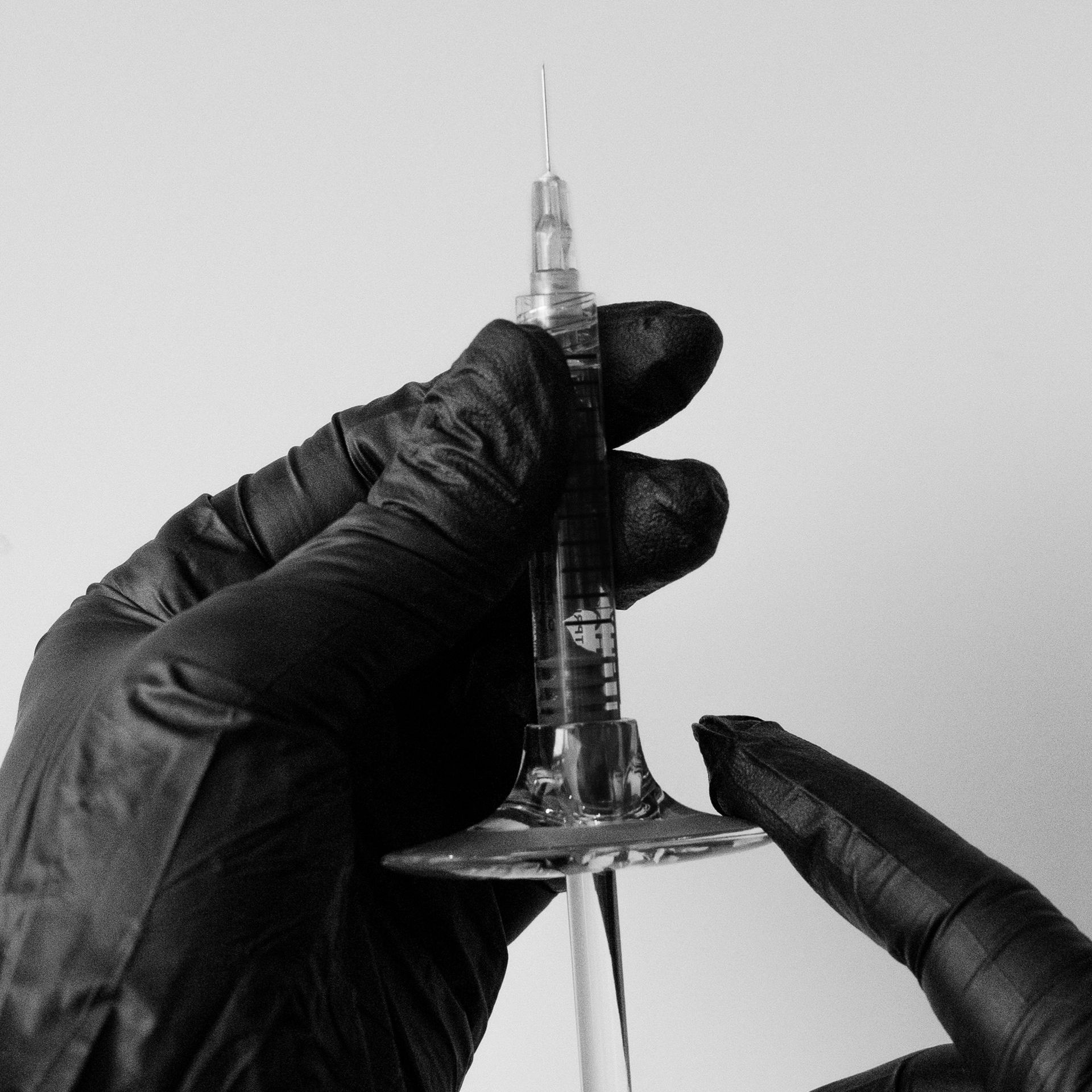What Are Chemical Peels & How Do They Improve Your Skin?
Chemical peels have become a go-to solution for individuals seeking to address various skin concerns such as acne, hyperpigmentation, fine lines, and an uneven skin texture. These treatments are widely recognized for their ability to improve the overall appearance of the skin, making them a popular choice among those looking to achieve a clearer, more even complexion. But what exactly are chemical peels, and how do they work?
Understanding Chemical Peels
Chemical peels are cosmetic treatments that utilize a chemical solution to exfoliate and remove the outermost layers of the skin. This process encourages the growth of new, healthier skin cells and helps to improve the skin's texture and appearance. Chemical peels are typically applied to the face, neck, or hands and can vary in intensity and depth, depending on the specific concerns being addressed.
The mechanism behind chemical peels is straightforward. The chemical solution causes the skin to exfoliate and peel off over several days following treatment. This peeling process reveals fresh skin that is usually smoother and less wrinkled than the old skin.
Different Types of Chemical Peels
There are three primary types of chemical peels: superficial, medium, and deep peels. Each type targets different layers of the skin and is suitable for varying degrees of skin concerns.
1. Superficial Peels: Also known as light peels, superficial peels target only the outermost layer of skin, known as the epidermis. They use mild acids like alpha hydroxy acids (AHAs) to gently exfoliate, making them suitable for addressing minor discolorations and rough texture. Superficial peels have minimal downtime and are often used in facial treatments for regular maintenance.
2. Medium Peels: Medium peels penetrate deeper into the skin, reaching the middle layer, known as the dermis. They typically use trichloroacetic acid (TCA) to treat issues such as age spots, fine lines, and wrinkles. While they offer more significant results than superficial peels, they also require more recovery time.
3. Deep Peels: Deep peels are the most intensive form of chemical peel, reaching the lower dermal layer. They use phenol to target severe wrinkles, deep scars, and more serious skin concerns. Due to their intensity, deep peels are generally only performed once and require substantial downtime for recovery.
Benefits of Chemical Peels
The benefits of chemical peels are numerous, making them a highly sought-after treatment for a range of skin concerns. One of the primary advantages is their ability to improve skin texture and tone. By removing the damaged outer layers, chemical peels can help to even out pigmentation and reduce the appearance of blemishes.
Chemical peels are also effective in treating acne and its related scarring. The exfoliation process helps to unclog pores, reduce breakouts, and diminish the appearance of acne scars over time. Moreover, regular chemical peels can help manage oil production and prevent future breakouts.
For those seeking anti-aging solutions, chemical peels can be beneficial in reducing the appearance of fine lines and wrinkles. By stimulating the production of collagen and promoting skin renewal, peels can result in a firmer, more youthful-looking complexion.
Choosing the Right Chemical Peel
Selecting the appropriate chemical peel depends on individual skin type, concerns, and desired results. A consultation with a qualified skincare professional is crucial to determine the most suitable treatment plan. At The Aesthetic Firm, we offer a range of chemical peels tailored to meet the unique needs of each client.
For individuals dealing with acne or seeking regular skin maintenance, superficial peels can be an excellent choice. Those aiming to address deeper wrinkles or sun damage might consider medium or deep peels. It’s also important to factor in the potential downtime and aftercare requirements associated with each type of peel.
How Often to Get a Chemical Peel
The frequency of chemical peels depends on the type of peel and individual skin goals. Superficial peels can be performed as often as every 4-6 weeks, making them ideal for regular skin maintenance. Medium peels may be repeated every 3-6 months, while deep peels are typically only done once due to their intensity.
For the best outcomes, it’s essential to follow a tailored aftercare regimen and maintain open communication with your skincare provider regarding the frequency and type of peels.
Complementary Treatments
For comprehensive skin rejuvenation, chemical peels can be combined with other effective treatments available at The Aesthetic Firm. Facials, for instance, can complement the results of peels by providing deep hydration and targeted skincare benefits. Additionally, SkinPen Microneedling can further enhance skin texture and promote collagen production when used in conjunction with chemical peels. For more information, visit our Chemical Peels service page.
Enhancing Your Skincare Routine
Chemical peels offer a versatile solution for addressing various skin concerns, from acne and pigmentation to signs of aging. By understanding how they work and selecting the right type of peel, individuals can achieve a smoother, more radiant complexion. At The Aesthetic Firm, our team is dedicated to helping clients find the most suitable treatments to achieve their skin goals.
If you’re ready to explore the benefits of chemical peels or need guidance on selecting the right one, contact us today to schedule a consultation with our experienced skincare professionals.
Share This Blog
